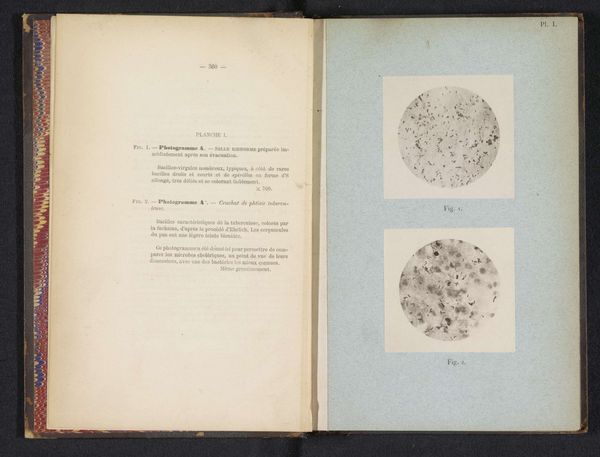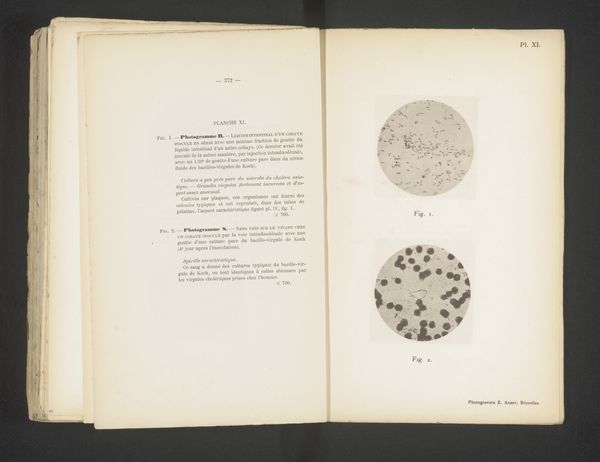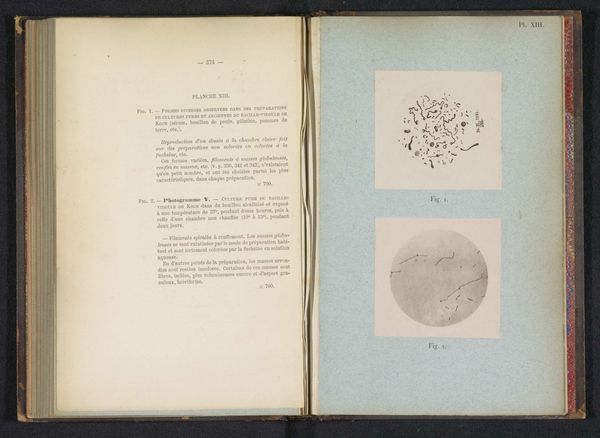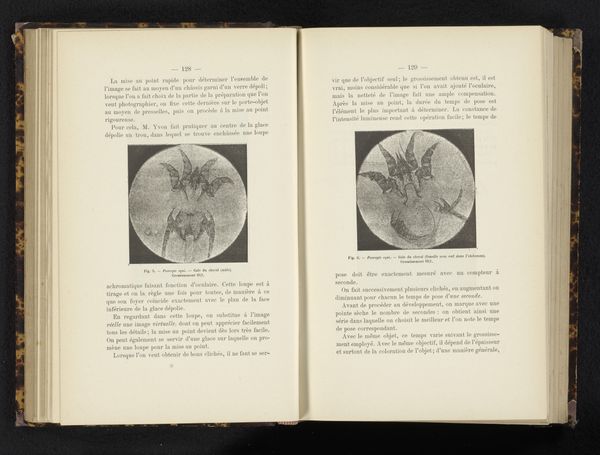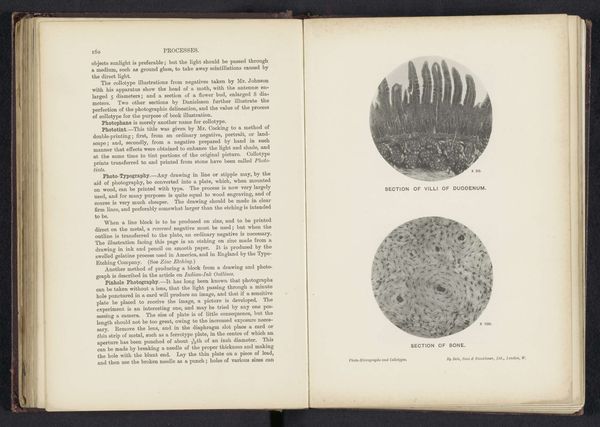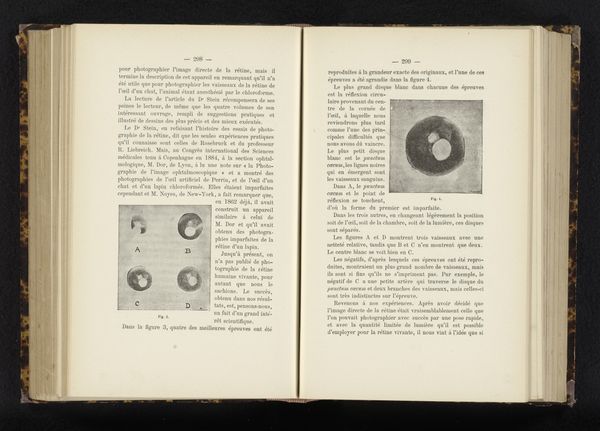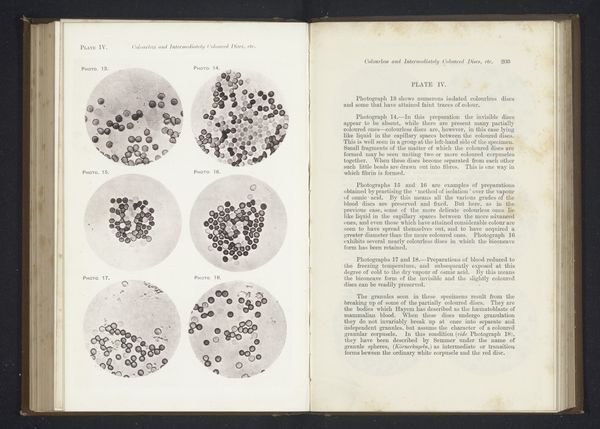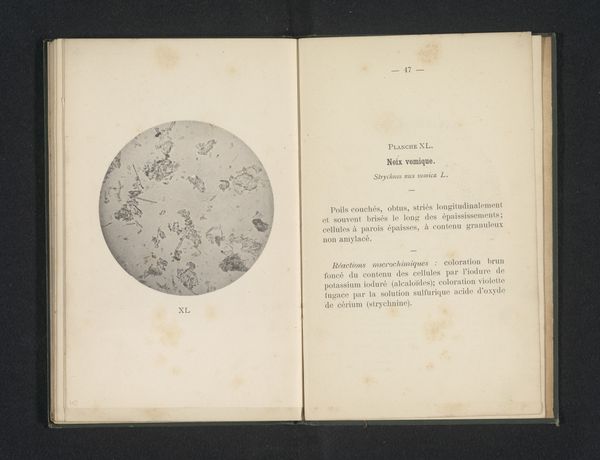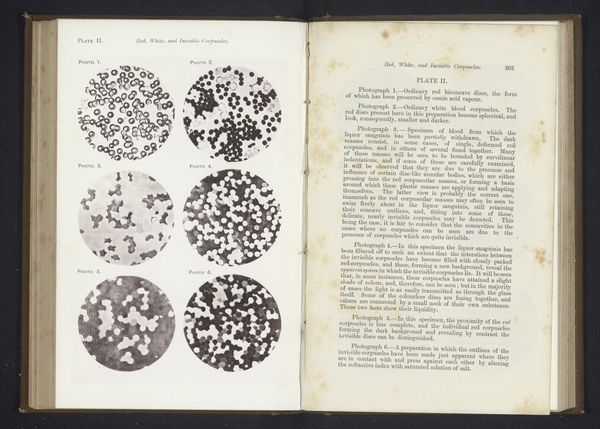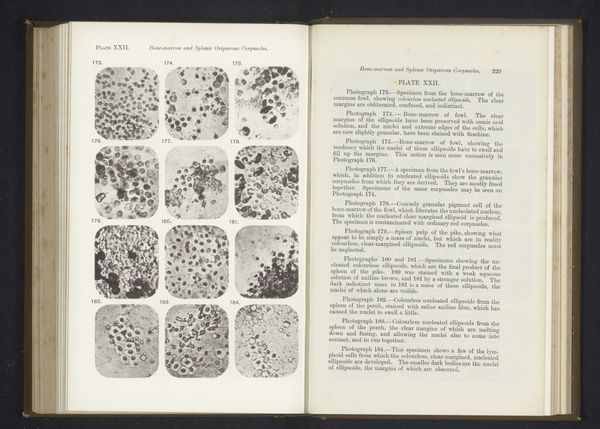
print, photography
#
still-life-photography
# print
#
photography
#
academic-art
#
realism
#
monochrome
Dimensions: height 63 mm, width 64 mm
Copyright: Rijks Museum: Open Domain
Curator: Today, we're examining "Macro-opname van een druifluis," a photograph by Adolphe Louis Donnadieu, made before 1901. It presents a still life through a unique lens—or should I say, a microscope lens. Editor: My first impression? Stark. The composition throws me off; the bug on the left is incredibly clear, and that cell diagram to the right… unsettling in its clinical detachment. There's something cold and calculated about this arrangement of information. Curator: That clinical detachment is a sign of the times. This image probably served an explicit scientific or documentary purpose, aimed at an audience focused on precision rather than artistic sentiment. I'd argue its value lies in how it reflects academic art conventions rooted in Realism. Editor: Right, realism to serve capital. These materials--the paper, the print itself--speak volumes. We see a mechanized reproduction that's designed to facilitate knowledge transfer, potentially influencing agricultural labor practices through new methods of understanding a devastating bug, not to forget this book, the knowledge, once commodified. It could change industries with mass adoption. How interesting. Curator: Absolutely. It prompts us to consider the role of visual imagery in shaping societal attitudes and the power dynamics at play during a historical moment that included outbreaks that altered production patterns in a big way. Editor: Ultimately, this isn't just a pretty picture or an abstract examination of the science. It's a materialized record of labor, economics, and a society grappling with how to maintain its growth in the face of disaster. That this object still exists—in a museum, or archive, or even digitized for access by you right now—it testifies to its material efficacy. Curator: It’s a lens – both literally and figuratively – through which we can understand the intersection of science, art, and the historical context of the fin de siècle. Editor: A somber reflection on humanity’s endless pursuit of growth and its constant tension with its ecological conditions, rendered via these inky, fibrous pages.
Comments
No comments
Be the first to comment and join the conversation on the ultimate creative platform.
